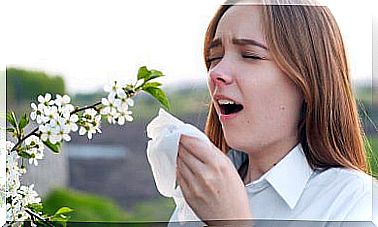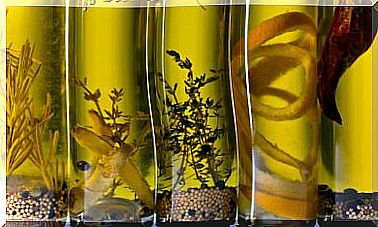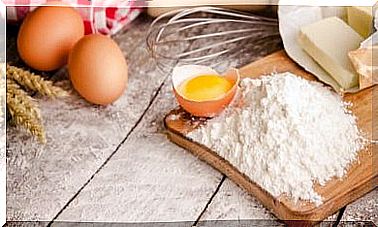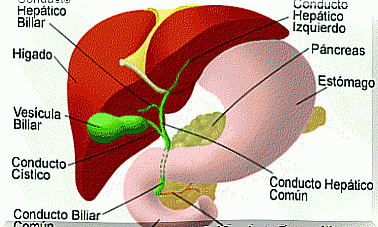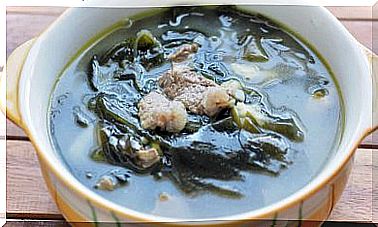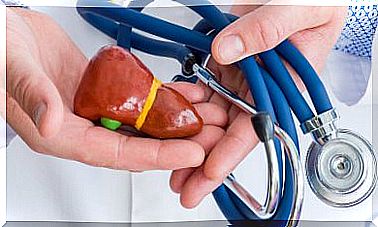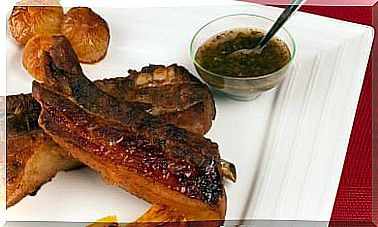Interview With Gemma Del Caño: “we Must Know What Food Safety Is”
Nowadays, when we talk about going shopping, it is increasingly common for us to worry about choosing “the best” to enjoy health and well-being. The term “food security” is also common.
We want food to be of quality, to have adequate nutritional value and to benefit us to the maximum. In addition, we want to have variety and immediacy and always choose well. However, to do so, we must inform ourselves and carefully observe what we decide to take in the basket, not just what is read in large print.
Gemma del Caño tells us more about Food Safety
Gemma del Caño – better known as @farmagemma in her social networks – has a degree in pharmacy, specializing in industrial pharmacy and R&D, a master’s degree in innovation, biotechnology and food safety, a scientific disseminator and BRC (food safety) auditor. Today you will help us expose and clear up some of the most common concerns of consumers.
Q. How would you define someone who does not know the term “food safety” and what it means?
It would be interesting to make a differentiation between “food safety” and “innocuousness”, despite the fact that the first term is used regularly, when in fact we refer to the second.
Food safety refers to the availability of food and safety refers to the fact that the food we consume is safe, that it is not harmful to health. However, we usually refer to safety rather than safety.
Advances in security have saved millions of lives and that, above all, gives us peace of mind when it comes to shopping for food, because we know that we are not going to meet a poisoning, foreign body or chemical contamination.
Obviously, zero risk does not exist, but today we eat the safest foods in history.

Q. Do you think that there is enough knowledge on the street about what is really done in the food industry?
No, and the responsibility is the food industry itself, which for years has not been transparent and, on many occasions, has chosen to give in to misinformation to take advantage of consumers. This happens, for example, with additives. Any authorized additive is safe (which does not mean it is necessary); If we promote a product “without additives” as something good, we make the consumer understand that one with additives is bad, when it is not like that at all.
The problem is the product, not the additive. There are foods with additives that are great (like canned legumes) and products that without additives will still be a bad option (like ultra-processed pastries).
Q. Where can you turn to bridge the knowledge gaps? What would be your recommendations for the general public?
Food safety agencies (AESAN in Spain), the European Food Safety Authority (EFSA) or the FDA in the USA are correct sources of information.
What we have to flee from is false news and hoaxes that arrive on WhatsApp or Facebook that misrepresent information or directly lie to earn a few clicks.
The reality is much more boring than what some try to make us see and fear sells. We should not give in to alarming theories. Instead, we should always go to official sources. Right now there are many popularizers also in Food Safety trying to dispel myths.
P. Reading the label is a recommendation that many experts make to help people know what they buy and consume, and develop their own criteria. But many times there are doubts about how to read it correctly. What are your recommendations?

The order of ingredients is always from highest to lowest. We should be able to identify the product we are seeing on the packaging with what we read in the ingredient list.
If we read CHEESE and the ingredients contain: milk, salt, rennet and ferments, it is correct. On the other hand, if it looks like cheese, but in its own ingredients it contains “cheese and more”, one should be suspicious.
Let’s not get carried away by the big letters on the packaging “with vitamins”, “without palm oil”. Keep in mind that you always have to read the labeling and not the packaging. Labeling does not lie. Therefore, the big letters should not make us ignore the small ones.
Q. [Again] Why aren’t all additives and preservatives bad?
Is that additives are not bad. In fact, preservatives, emulsifiers, etc., improve the characteristics of the product, reduce food waste. On the other hand, others – such as sweeteners – may not be necessary, since they induce a sensation of sweetness that may not be necessary, but that is far from being toxic.
The same is the case with flavor enhancers, tomatoes, Parmesan, crabs. They all have glutamate and are correct products. On the other hand, a snack without glutamate will be just as insane as when you had it. The problem will continue to be the product and not the additive.
Q. Why isn’t everything that is done at an industrial level bad? What are the points in favor that we must consider in order not to panic?
The industrial allows us to consume the products we want at the best price and when we want. Re We recognize that there are many correct foods that are made at an industrial level: frozen fish, legumes, pasta, whole wheat bread.
Just because something is industrial doesn’t mean it’s bad. Only that we must choose the correct product, always prioritizing foods that do not carry labels.
Q. Do you think it is important for parents to convey certain ideas of food safety to their children?
It is essential for several reasons. First, because food safety begins in the industry, but ends in our home. Almost half of food poisoning occurs in our homes, so children should know how to treat food to keep it safe. On the other hand, they should come with us to the supermarket so that they learn that all foods are safe.
Q. What do you think is the “life cycle” of myths about health and food?
Many return on a recurring basis and we must deny them over and over again. Videos such as the one about the apple “with plastic” –when in reality they are edible waxes that protect against molds and blows– or others about “how the industry deceives us” go viral again, a couple of times a year, misinforming the public. people about the reality of food.
Q. [Once again] Is having judgment and awareness about what you eat every day is a concern or a real relief? Why?
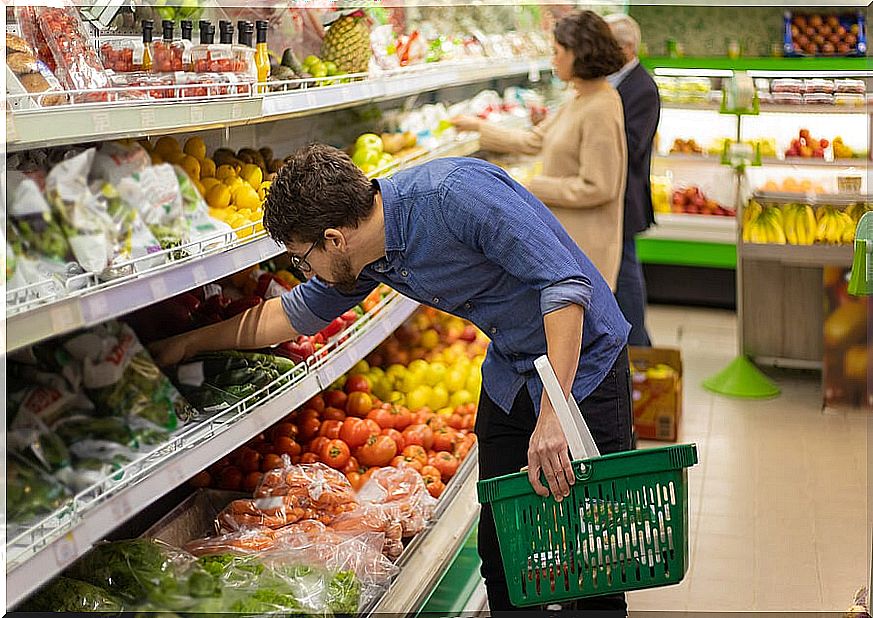
Actually, it involves responsibility. If we eat several times a day, we should be aware of something that we do so frequently. Without falling into myths, but with a head.
Reading the labels and not getting carried away by the “zero”, “without”, but by good information, it seems that it takes time, but it only happens once. When we have already chosen the correct food, the next time we go to make the purchase we will do it much faster and cheaper because we already eliminate superfluous products.
If we fill the basket with food without labels and if we choose the correct ones in which they are carried, it will be a real relief and we guarantee a safe and healthy diet.
If we know what we buy, we will eat better
As we have seen, when making the purchase it is important that we learn to look at the labels of the products and that we not just stick with the large print or with the advertising that we have seen in the media. In doing so, we would not only overlook what is most suitable for us, but the opportunity to understand more about what we take home.
As Gemma del Caño tells us, once we have done the first exercise, it will be easier for us to know what to discard and what should be included regularly in the basket. The question is to give us the opportunity to do the exercise and to always give priority to official sources of information.


